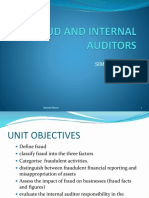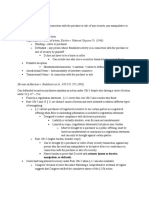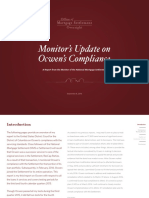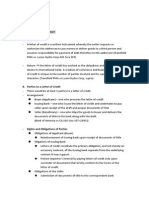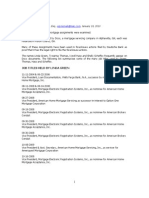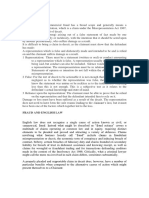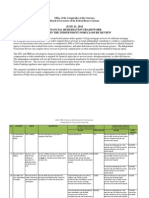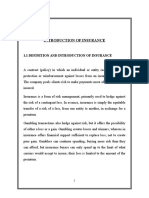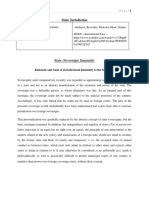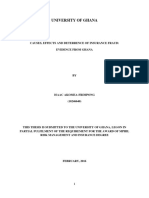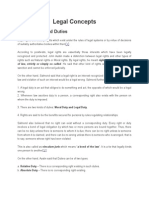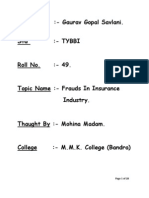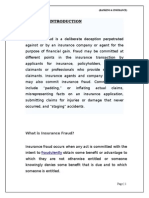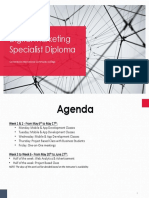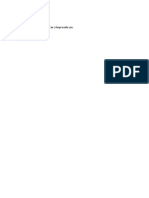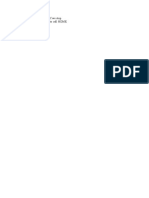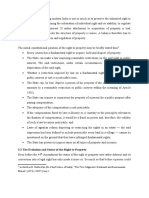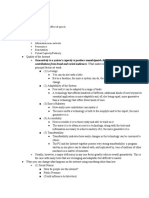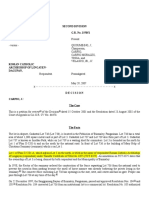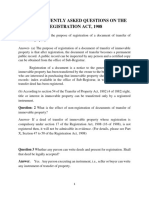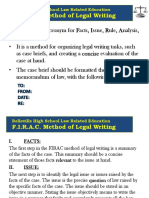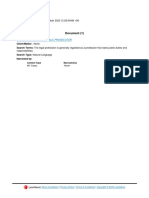0% found this document useful (0 votes)
143 views8 pagesInsurance Fraud Types & Classifications
The document discusses types of insurance fraud including crimes against insurers and insureds. Crimes against insurers include fraud, embezzlement, and forgery, and often involve staging accidents or theft. Common types of fraudulent insurance claims involve life, health, vehicle and property insurance. Insurance fraud schemes typically involve concluding an insurance policy and staging an insured event to fraudulently claim a payout.
Uploaded by
Vlad BunuCopyright
© © All Rights Reserved
We take content rights seriously. If you suspect this is your content, claim it here.
Available Formats
Download as DOCX, PDF, TXT or read online on Scribd
0% found this document useful (0 votes)
143 views8 pagesInsurance Fraud Types & Classifications
The document discusses types of insurance fraud including crimes against insurers and insureds. Crimes against insurers include fraud, embezzlement, and forgery, and often involve staging accidents or theft. Common types of fraudulent insurance claims involve life, health, vehicle and property insurance. Insurance fraud schemes typically involve concluding an insurance policy and staging an insured event to fraudulently claim a payout.
Uploaded by
Vlad BunuCopyright
© © All Rights Reserved
We take content rights seriously. If you suspect this is your content, claim it here.
Available Formats
Download as DOCX, PDF, TXT or read online on Scribd
/ 8


